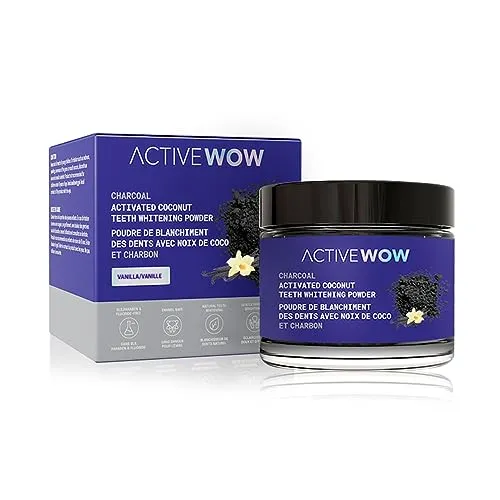What is Charcoal Teeth Whitening?
Charcoal teeth whitening has gained significant popularity as a natural method for brightening smiles. It involves using activated charcoal, a fine black powder derived from sources like coconut shells, wood, or other organic materials. This substance is processed to create tiny pores that trap impurities. The appeal of charcoal teeth whitening lies in its promise of a brighter smile without harsh chemicals. Many people are turning to this method as a potential alternative to traditional teeth whitening products, seeking a more natural approach to oral care. The process itself typically involves brushing the teeth with a charcoal-based product, allowing it to sit for a few minutes, and then rinsing thoroughly. This process is believed to remove surface stains, leaving teeth looking whiter and cleaner. However, it’s essential to approach this method with realistic expectations and to understand both its potential benefits and potential risks.
The Science Behind Charcoal Teeth Whitening
The effectiveness of charcoal teeth whitening is rooted in its absorbent properties. Activated charcoal is highly porous, meaning it has a large surface area capable of attracting and binding to substances. In the context of teeth whitening, charcoal is believed to attract and absorb stains and debris from the teeth’s surface. This action can help remove stains caused by coffee, tea, wine, and other staining agents, potentially revealing a brighter appearance. The abrasive nature of charcoal also contributes to stain removal. As you brush, the charcoal gently scrubs away surface stains, similar to how a polishing agent works. However, this abrasiveness is also a key consideration when evaluating the safety of charcoal teeth whitening. While the science behind charcoal’s stain-removing ability is relatively sound, the long-term impact on enamel health and overall oral health remains an area of ongoing research and debate. It’s crucial to balance the potential benefits with the possible risks.
How Charcoal Works to Whiten Teeth
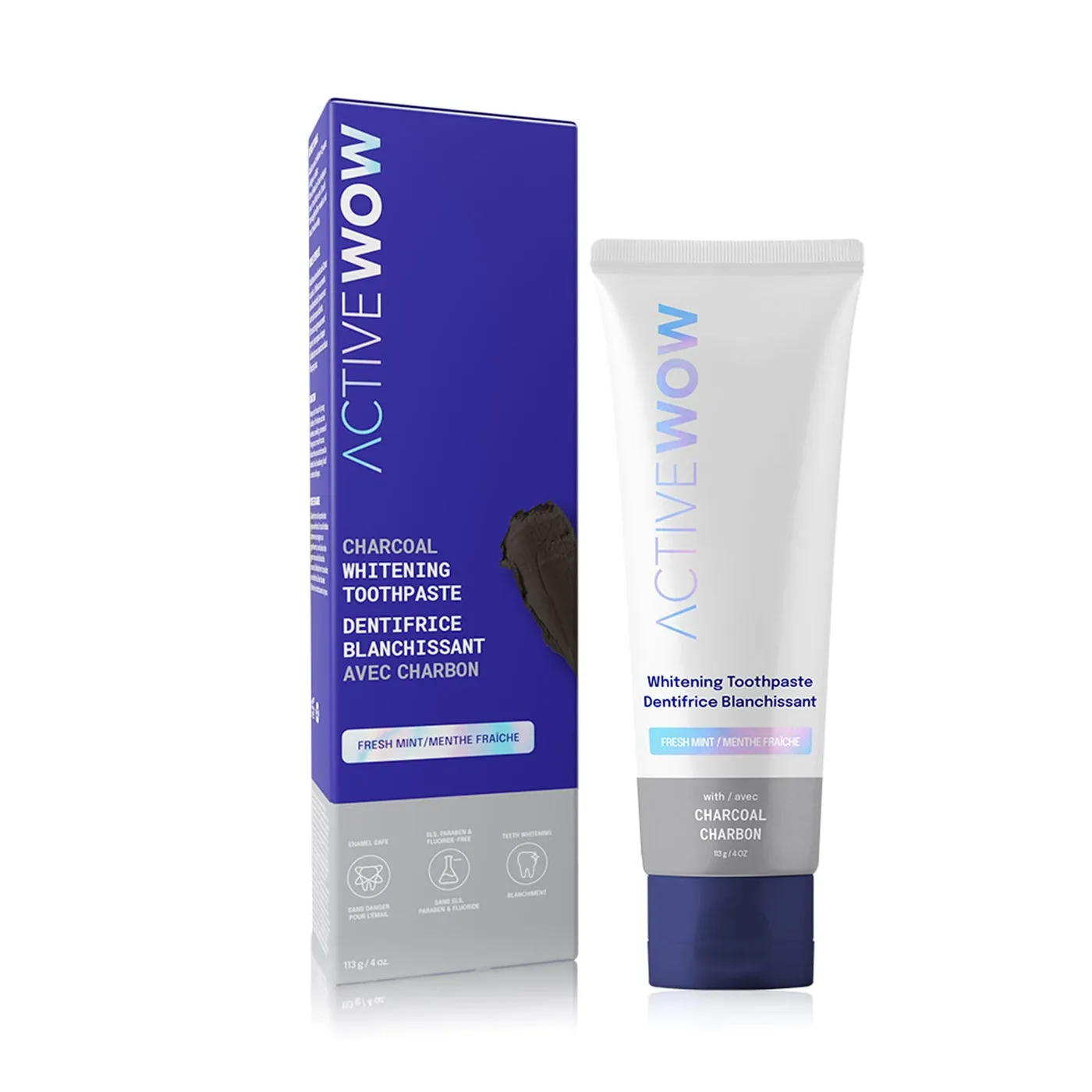
Charcoal’s whitening action is primarily attributed to its adsorption properties. Adsorption is the process where molecules of a substance adhere to the surface of another substance. Activated charcoal, with its high surface area and porous structure, excels at adsorbing various compounds. In the context of teeth, charcoal can attract and trap stain molecules, effectively lifting them from the tooth surface. This can lead to a perception of whiter teeth. The abrasive nature of charcoal also plays a role. The fine particles act as a gentle abrasive, scrubbing away surface stains. However, this abrasiveness is a double-edged sword, as it can also potentially erode enamel if used aggressively or too frequently. The specific mechanisms by which charcoal whitens teeth include removing extrinsic stains, polishing the tooth surface, and possibly altering the oral environment to favor a brighter appearance. It is important to remember that the whitening effects are primarily targeted at removing surface stains, and the results may vary depending on the type and severity of the stains.
Choosing the Right Charcoal Product
Selecting the right charcoal product is essential for maximizing effectiveness and minimizing potential risks. The market offers various options, and understanding the differences can help you make an informed choice. Look for products that specifically state they contain activated charcoal, as this is the form processed for its absorbent properties. The source of the charcoal can also vary; coconut shells are a common and often preferred source. Consider the other ingredients in the product. Some charcoal toothpastes and powders may contain additional ingredients like fluoride, essential oils, or other whitening agents. Be mindful of products with excessive abrasiveness, as this can damage enamel. Read reviews and check the product’s reputation for quality and safety. Start with a small amount to assess how your teeth react and consider consulting with a dentist before making charcoal teeth whitening a regular part of your oral hygiene routine. The right product depends on your individual needs and preferences, but quality and safety should always be the top priorities. It’s advisable to seek recommendations from your dentist or trusted sources.
Types of Charcoal for Teeth Whitening
Several types of charcoal products are available for teeth whitening, each offering a unique approach to achieving a brighter smile. Understanding these different types can help you choose the one that best suits your needs and preferences. Common options include activated charcoal powder, charcoal toothpastes, and charcoal whitening strips. Each type has its own pros and cons, and the ideal choice depends on your individual oral health situation, existing dental work, and desired level of whitening. It’s important to be mindful of the abrasiveness of each product and use it cautiously, following the manufacturer’s instructions and consulting with your dentist for personalized guidance. Also be aware that some products may contain additional ingredients that you might want to consider when choosing a product.
Activated Charcoal Powder
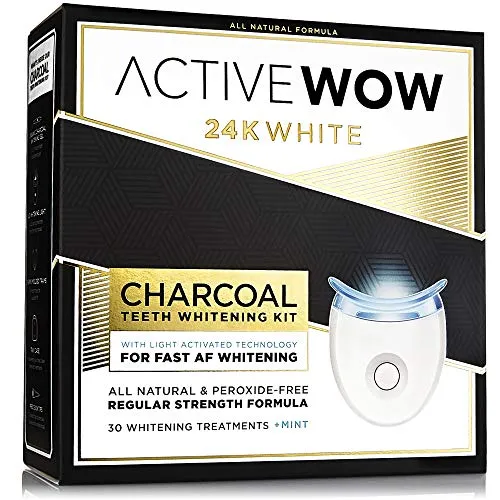
Activated charcoal powder is one of the most common forms used for teeth whitening. It typically comes as a fine, black powder that you apply to your toothbrush. The powder is derived from various sources and processed to increase its absorbency. The primary advantage of charcoal powder is its natural approach to whitening. It is free from harsh chemicals and is often seen as a more gentle alternative to conventional whitening methods. Many users report noticeable stain removal and a brighter appearance after regular use. However, the powder can be messy to use. It can stain surfaces, and some people find the taste and texture unpleasant. Additionally, the abrasiveness of the powder is a concern for some individuals, as it may potentially erode enamel over time. The powder is typically used by dipping a wet toothbrush into the powder, brushing your teeth gently for 2-3 minutes, and rinsing thoroughly. It’s important to start slowly and monitor your teeth for any signs of sensitivity or damage.
Charcoal Toothpaste
Charcoal toothpastes offer a convenient and integrated approach to incorporating charcoal into your oral hygiene routine. These toothpastes combine activated charcoal with other toothpaste ingredients such as fluoride, flavoring agents, and cleaning agents. The formulation offers a familiar brushing experience and is generally less messy than using charcoal powder. Charcoal toothpastes are designed to remove surface stains and freshen breath, and some may also contain additional whitening agents. The advantage of charcoal toothpaste is ease of use. It replaces your regular toothpaste, making it simple to integrate into your daily routine. The presence of fluoride in many formulations also helps to strengthen teeth and protect against cavities. However, the concentration of charcoal can vary between brands, and the abrasiveness is still a consideration. Carefully examine the ingredients and look for products with moderate levels of charcoal and fluoride, always being mindful of your sensitivity and consult with your dentist before use.
Charcoal Whitening Strips
Charcoal whitening strips combine the stain-removing properties of activated charcoal with the convenience of a strip-based application. These strips typically adhere to the teeth, allowing the charcoal to remain in contact with the enamel for a set period. The strips often contain a gel with a mixture of activated charcoal and other whitening ingredients. One key advantage is the ease of use and the targeted application. The strips are pre-measured, ensuring a consistent amount of charcoal is applied to the teeth. The strips conform to the shape of your teeth, ensuring even coverage. They can provide a more concentrated whitening effect than toothpastes or powders. However, the effectiveness can vary depending on the formulation and the duration of application. Like other charcoal products, the abrasive nature of the strips is a concern, and they may not be suitable for individuals with sensitive teeth or existing dental work. When using these strips, carefully follow the manufacturer’s instructions, limit the application time, and monitor for any signs of discomfort or sensitivity.
The Step-by-Step Guide to Charcoal Teeth Whitening
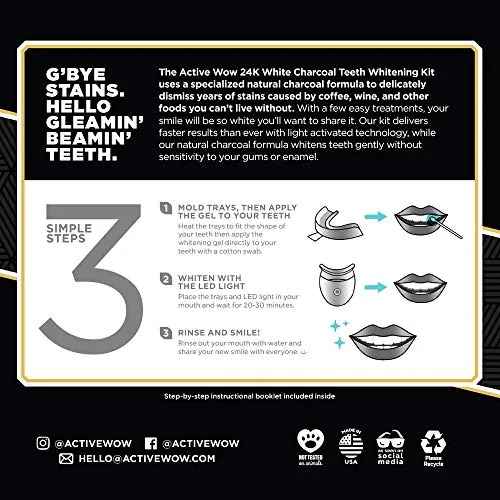
Following the correct procedure is essential to achieve the best results and avoid any potential harm to your teeth. Regardless of the type of charcoal product used, the basic steps remain relatively consistent. First, assess your oral health, and consult with your dentist to ensure that charcoal teeth whitening is a suitable option for you. Ensure that your teeth and gums are in a healthy condition. Before you begin, make sure you have the right charcoal product and that you are familiar with its specific instructions. This will help in having a better experience. It is very important to prepare your teeth before the application of charcoal. Always apply with a gentle hand, and be mindful of the amount of time you are using the product. Post-whitening care is very important to help keep the results for a longer time.
Preparing Your Teeth Before Whitening
Before using charcoal for teeth whitening, it’s important to prepare your teeth for the process. Begin by brushing your teeth thoroughly with your regular toothpaste to remove any food particles or debris. This step will ensure that the charcoal can effectively reach the surface of your teeth. Floss your teeth to remove any plaque or food particles that can be hidden between your teeth. This will help in creating a cleaner surface for the charcoal to work. If you have any existing dental work, like fillings or veneers, consult with your dentist before using charcoal. It is to ensure that the product is safe for you. Rinsing your mouth with water can also help remove any remaining particles and prepare your teeth for the charcoal treatment. These preparation steps can maximize the effectiveness of the charcoal whitening process and ensure the best results for your teeth.
Applying the Charcoal
The method of applying charcoal for teeth whitening varies depending on the product you are using. If you are using charcoal powder, dip a clean, wet toothbrush into the powder, covering the bristles with a thin layer. Be gentle when doing so. If using charcoal toothpaste, apply a pea-sized amount to your toothbrush, as you would with any other toothpaste. For charcoal whitening strips, carefully peel off the strip and apply it to your teeth, following the product’s instructions. Then, gently brush your teeth in small, circular motions, ensuring that the charcoal covers all surfaces. Be gentle to minimize the risk of enamel erosion. Follow the recommended brushing time on the product’s instructions. After brushing, let the charcoal sit on your teeth for a few minutes. Doing this allows the charcoal to work better. Rinse your mouth thoroughly with water until all traces of the charcoal are gone. The application method will vary, always follow the product instructions to make sure it is safe.
Brushing and Rinsing
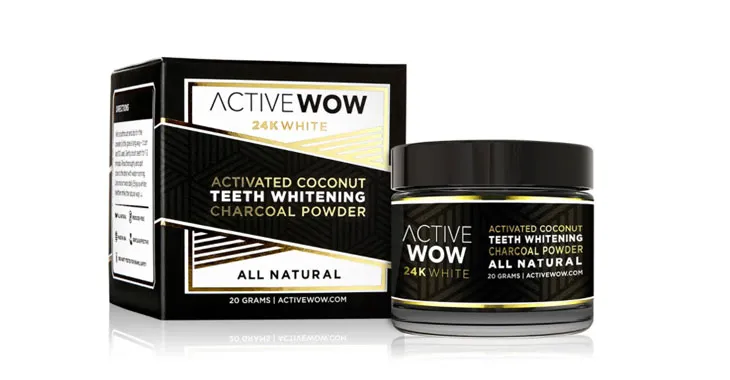
The brushing and rinsing process is a crucial part of the charcoal teeth whitening process. After applying the charcoal, gently brush your teeth for the recommended time. Use small, circular motions to avoid causing damage to the enamel. Avoid brushing too aggressively, as this can increase the risk of enamel erosion. Pay attention to all surfaces of your teeth, making sure the charcoal reaches all areas. When you’re done brushing, rinse your mouth thoroughly with water until all traces of the charcoal are removed. Charcoal can be messy, so be sure to rinse carefully to avoid staining your sink or other surfaces. You can also use your regular toothpaste after rinsing with water to remove any remaining charcoal particles and to freshen your breath. After brushing, examine your teeth for any signs of sensitivity or irritation. If any discomfort is experienced, decrease the frequency of use or consult with your dentist. Rinse your toothbrush thoroughly to remove any residual charcoal and keep it clean for your next use.
Post-Whitening Care for a Lasting Smile
After charcoal teeth whitening, proper post-whitening care is essential to help you maintain your results and promote overall oral health. Immediately after whitening, avoid consuming foods and drinks that can stain your teeth, such as coffee, tea, red wine, and dark-colored berries. These foods can affect the effectiveness of the whitening process. Follow a consistent oral hygiene routine, brushing your teeth twice a day, and flossing daily to remove plaque and food particles. This will help keep your teeth clean and prevent future stains. Use a fluoride toothpaste to strengthen your enamel and reduce the risk of sensitivity. Avoid smoking or using tobacco products, as they can stain your teeth and reduce the longevity of your whitening results. Consider using a straw when drinking staining beverages to minimize direct contact with your teeth. It’s equally important to schedule regular dental check-ups and cleanings. Your dentist can assess your oral health and provide guidance to help you maintain a bright, healthy smile.
Maintaining Your Results
Maintaining the results of charcoal teeth whitening requires a consistent and mindful approach to your oral hygiene and lifestyle habits. To maximize the longevity of your results, brush your teeth twice daily with a fluoride toothpaste. Fluoride strengthens your enamel and helps protect against future staining. Floss your teeth daily to remove food particles and plaque, which can contribute to staining and overall oral health issues. Limit your intake of staining foods and drinks, such as coffee, tea, red wine, and dark-colored berries. If you do consume these items, rinse your mouth with water or brush your teeth soon after to minimize their impact. Avoid smoking and tobacco products, as these habits can quickly stain your teeth and compromise your oral health. Consider using a straw when drinking staining beverages. Schedule regular dental check-ups and professional cleanings to help remove surface stains and maintain your teeth’s brightness. By following these tips, you can enjoy your radiant smile for a long time.
Potential Risks and Side Effects

While charcoal teeth whitening is a popular method, it’s essential to be aware of the potential risks and side effects associated with its use. The abrasive nature of charcoal is a primary concern. Frequent or aggressive brushing can potentially erode enamel, leading to increased sensitivity and a higher risk of cavities. Some individuals may experience tooth sensitivity or gum irritation as a result of using charcoal. This can be particularly true if you have sensitive teeth or existing dental issues. The effectiveness of charcoal teeth whitening can vary widely depending on the type and severity of stains. Charcoal primarily targets surface stains, and it may not be effective on intrinsic stains, like those caused by medication or genetics. There is limited scientific evidence to support the long-term safety and efficacy of charcoal teeth whitening. It is also important to note that charcoal may not whiten existing dental work. It is best to consult with a dentist before starting the use of charcoal teeth whitening.
Sensitivity and Irritation
Tooth sensitivity and gum irritation are potential side effects of charcoal teeth whitening. The abrasive nature of charcoal can cause enamel erosion, making your teeth more sensitive to hot and cold temperatures. The fine particles can also irritate your gums, especially if you brush too aggressively or use a product with a high concentration of charcoal. If you experience sensitivity, reduce the frequency of your charcoal treatments or stop using the product altogether. You may also consider using a toothpaste designed for sensitive teeth. If you notice gum irritation, such as redness or swelling, discontinue use immediately. Rinse your mouth with warm salt water to soothe the gums and consult your dentist for advice. To help reduce the risk of sensitivity and irritation, always brush gently, avoid excessive pressure, and use a toothbrush with soft bristles. Pay attention to your body. If you experience any discomfort, make changes accordingly.
Enamel Erosion
Enamel erosion is a serious concern with charcoal teeth whitening, as it can compromise the health and appearance of your teeth. Enamel is the hard, protective outer layer of your teeth, and it is susceptible to damage from abrasive substances. The fine particles in charcoal act as a gentle abrasive, which can gradually wear away enamel over time. Enamel erosion can lead to increased tooth sensitivity, as the underlying dentin becomes exposed. Erosion can also make your teeth more prone to cavities and other dental problems. The whitening process is not very effective and does not last. To reduce the risk of enamel erosion, always brush gently, using a soft-bristled toothbrush. Avoid excessive pressure and brushing for extended periods. Consider using charcoal products sparingly or alternating them with a non-abrasive toothpaste. If you notice any signs of enamel erosion, such as increased sensitivity or a change in the appearance of your teeth, consult with your dentist immediately. Your dentist can assess the damage and recommend appropriate treatments to protect your teeth.
Alternatives to Charcoal Teeth Whitening
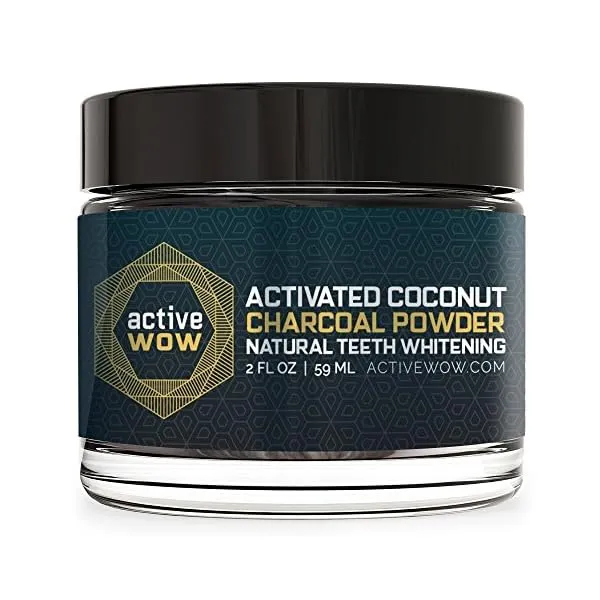
If you’re seeking a brighter smile but are concerned about the potential risks of charcoal teeth whitening, several effective alternatives are available. Professional teeth whitening performed by a dentist is one of the most effective and controlled options. Dentists use stronger whitening agents and can customize the treatment to your specific needs, ensuring safe and predictable results. Over-the-counter whitening products, such as whitening strips and toothpastes, are easily accessible and can provide noticeable results. Look for products that contain hydrogen peroxide or carbamide peroxide, the active whitening agents. Veneers are another option for achieving a significantly brighter smile. These thin, custom-made shells are bonded to the front of your teeth, instantly improving their appearance. If you’re looking for a more natural approach, you can try oil pulling. This ancient practice involves swishing oil (typically coconut oil) in your mouth for a period of time. It is believed to help remove bacteria and promote oral health. Regular dental check-ups and cleanings are essential for maintaining a healthy, bright smile. Your dentist can remove surface stains and recommend other treatments to improve the appearance of your teeth. The best alternative depends on your individual needs, preferences, and oral health. Consult your dentist for guidance.
